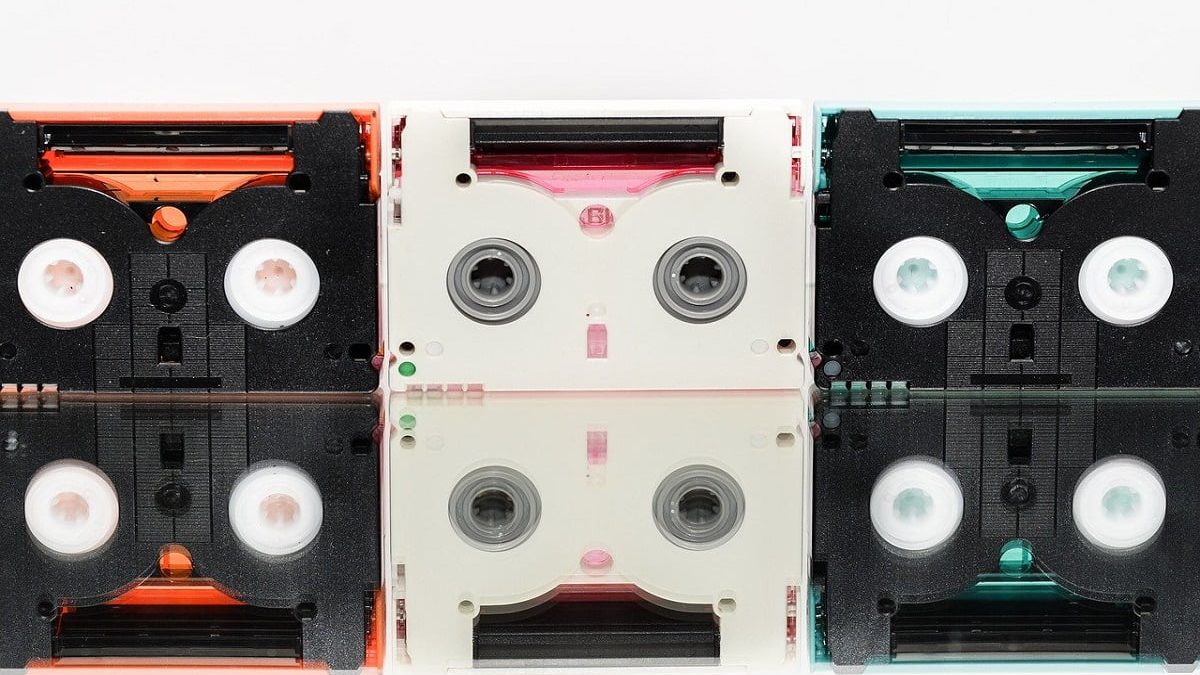Mini DV Definition
The Mini DV format refers to a specific size of a cassette. And it has become the recording medium for the first high-definition format of mass consumption. The HDV, MiniDVD cassettes can record 60 minutes of video on DV or HDV. And also 90 minutes of DV video in better quality (LP).
Although the arrival of hard drives (HDD format), DVDs and flash memories are slowly obscuring it. The MiniDV still has many advantages to offer, including that it is cheap and widely accessible, relatively durable, and most importantly. DV compression generally provides better video quality than other formats.
Standard definition DVDs, HDDs and flash drives all use the MPEG-2 compression codec. Which provides a much smaller amount of data than DV compression: 8.5 Mbps vs. 25 Mbps, that is, approximately 1/3.
History and Uses
The launch of mini DV was in 1996 and became the standard format for home and semi-professional users. The tape format offers the best image quality and PCM stereo sound of CD quality.
The Mini DV camcorders use to tape the size of a large matchbox, and that small size is something that all manufacturers have taken advantage of. During these years, DV cameras have been shrinking, and currently, most are pocket-sized.
- The sequences of DV camcorders can be transferred in three ways: first, as a composite analog signal using composite AV cables (as in analog cameras).
- Second, as an analog S-video signal, and finally, as a DV signal.
- The latter implies the use of the camera’s DV output connection, unique to digital cameras, which is usually known as Firewire, but also as i. Link or officially IEEE194.
- When you transfer sequences from the camera digitally, with a DV connection to a PC, no sound or image quality is lost, and this is one of the main reasons why the Mini DV has been so popular.
All respectable DV camcorders have DV output port to export the sequences. If you want to use a PC-based editing system, you need a camera that also has a DV input to re-record edited sequences on a tape in the camera.
Conclusion
Buying a MiniDV camera is still a viable investment for a number of reasons. While it is difficult for there to be major innovations in this format, hardware and software manufacturers will continue to support it for a while. Costs have fallen dramatically in recent years. So they are very accessible, and HDV cameras will continue to use MiniDV cassettes. Ensuring considerable support in the future.

